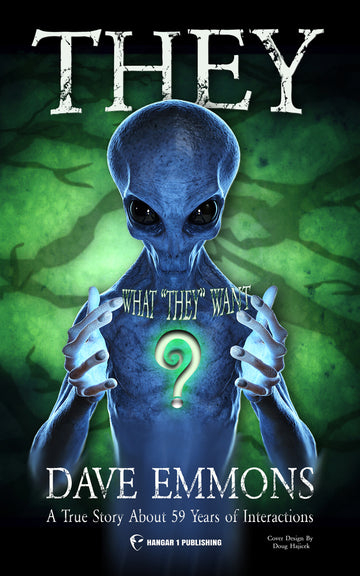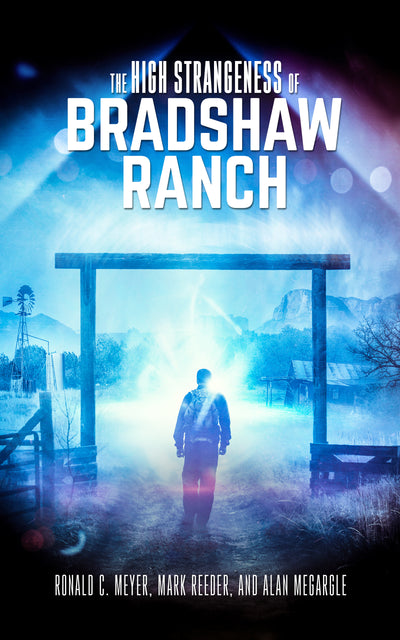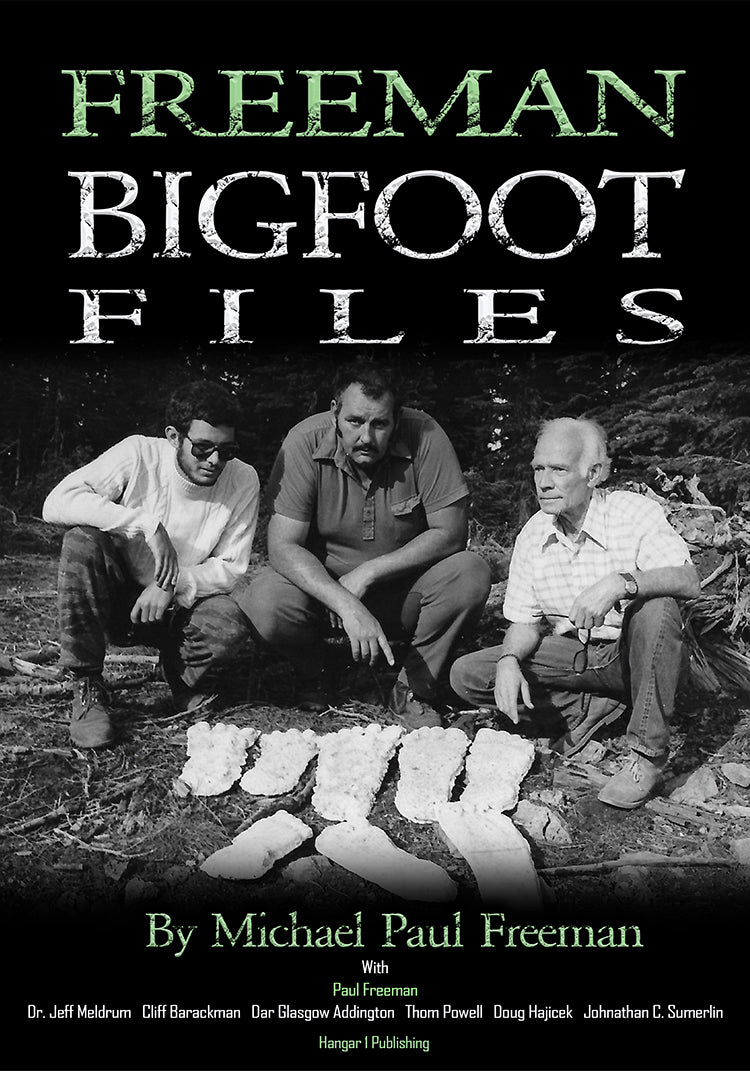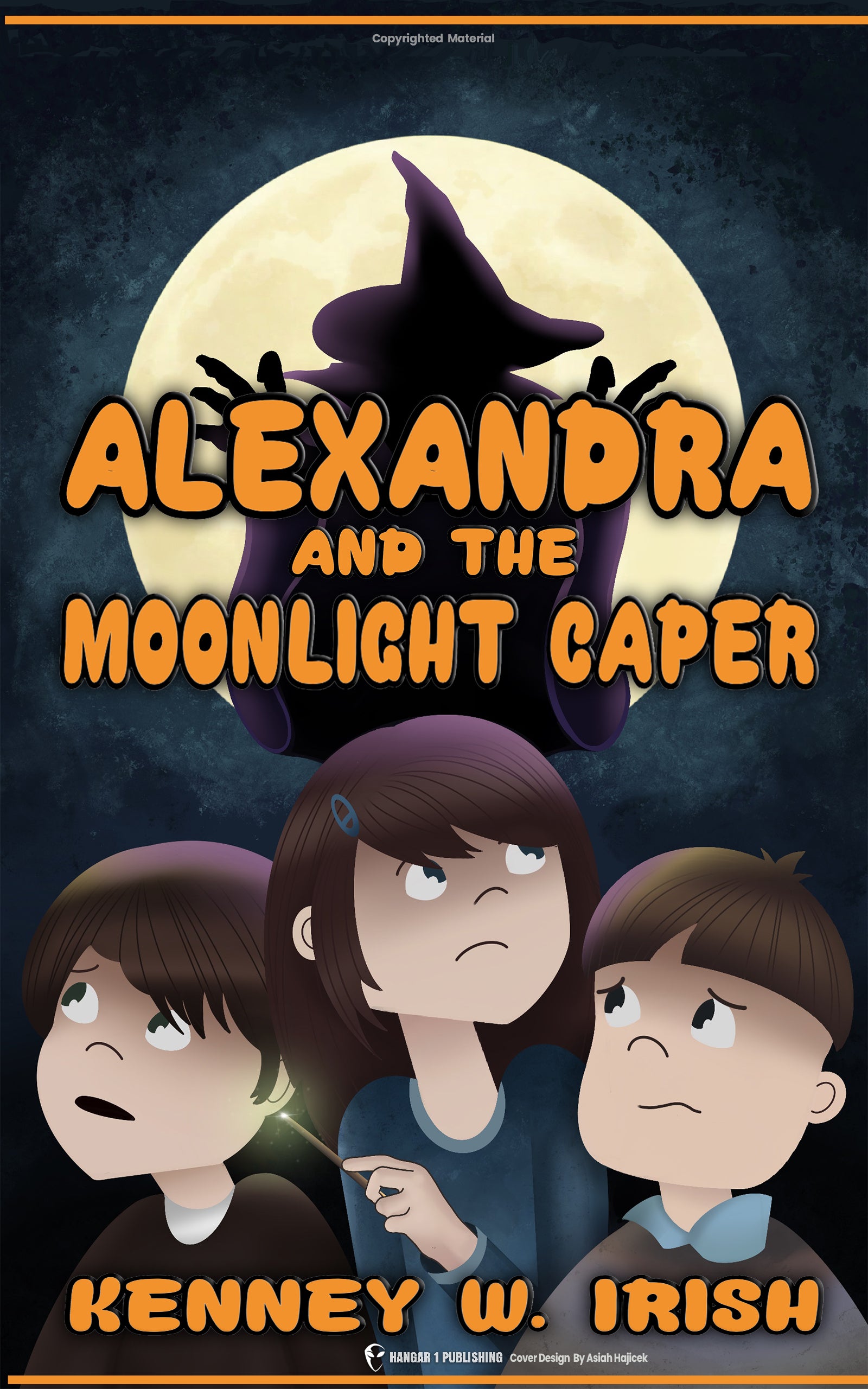Project Serpo: 12 Left Earth, 7 Returned

By Gabriel Chen, Ufologist
Imagine boarding an alien spacecraft for a journey of 39 light-years to a planet orbiting twin suns. You'll live among an alien race for more than a decade, knowing you might never return home. In 1965, according to one of the most remarkable stories in UFO lore, twelve brave Americans supposedly did exactly that. Only seven came back.
This is the story of Project Serpo (also known as Project Crystal Knight), an alleged top-secret exchange program between the United States government and extraterrestrial beings from the Zeta Reticuli star system. It has all the elements of a classic science fiction tale—faster-than-light travel, an alien civilization, and the ultimate study-abroad program. Yet a small community of researchers and former government employees claim it actually happened.
The Roswell Connection and First Contact
Like many modern UFO narratives, the Serpo story begins with the infamous Roswell incident of July 1947. According to the standard government explanation, a weather balloon crashed on a ranch near Corona, New Mexico. But according to UFO researchers, it was an extraterrestrial spacecraft carrying several alien beings.
The Project Serpo narrative expands this story: not only did a craft crash, but one survivor, designated "EBE1" (Extraterrestrial Biological Entity 1), was recovered and held at a secure facility. This alien visitor reportedly lived until 1952, during which time military personnel and scientists established rudimentary communication with him.
Through EBE1, the U.S. government allegedly learned about the Ebens, a race of beings from a planet called Serpo in the Zeta Reticuli binary star system. Before dying, EBE1 helped repair a communication device recovered from the wreckage, which the military continued using after his death to maintain contact with the Eben homeworld.
Two years after Roswell, in 1949, a second craft supposedly crashed near Corona, providing additional technology and bodies for study. These two incidents laid the groundwork for what would become the interplanetary exchange program.
The Story Emerges
The public first learned about Project Serpo in November 2005, when someone identifying themselves as "Request Anonymous" began sending emails to a UFO mailing list moderated by Victor Martinez. The sender claimed to be a retired government employee with access to classified information about the exchange program.
Over several months, approximately 40 detailed emails arrived, outlining the entire operation from inception to completion. What gave the story initial credibility in UFO circles was that other individuals, claiming to be former and current Defense Intelligence Agency (DIA) officials, apparently came forward to corroborate parts of the account.
Interestingly, elements of the story had circulated in UFO communities for decades. Researcher Linda Moulton Howe reported hearing similar claims as early as 1983-1984 while working on an HBO special titled "UFOs: The E.T. Factor." According to Howe, her source mentioned three men being sent to Zeta Reticuli, with one dying on the alien planet, another going insane, and the third returning to live in a government-provided safe house.
Diplomatic Foundations
According to the narrative, following years of communication with the Ebens after EBE1's death, a breakthrough occurred in April 1964 when two Eben spacecraft landed at Holloman Air Force Base in New Mexico.
During this meeting, attended by high-ranking government and military officials, the Ebens proposed an exchange: they would recover the bodies of their fallen comrades from the crashes, and in return, a team of humans would visit Serpo to learn about their civilization. The Ebens would share knowledge and technology, while humans would teach them about Earth culture.
The plan had allegedly been set in motion by President Kennedy in 1962, before his assassination. The diplomatic agreement was finalized, and preparations began for a mission slated to depart in July 1965.
One fascinating element of this story involves a device the Ebens called the "Yellow Book"—a transparent rectangular object that functioned as a holographic historical record. When activated, it displayed images and information about the universe, including details about the Ebens' interactions with humans throughout history.
The Serpo 12: Selection and Training
The selection process for the "Serpo 12" reportedly began with a classified call for volunteers through military channels. About 600 personnel responded, from which 16 finalists were chosen, ultimately narrowed to 12 team members—ten men and two women (though some accounts mention only male participants).
The criteria were strict:
- Military experience of at least four years
- No close family ties (orphans preferred)
- High levels of psychological resilience
- Diverse skillsets covering science, medicine, linguistics, and security
Each team member underwent a process called "sheep dipping"—having their identities completely erased from all public records. They were reassigned three-digit identification numbers instead of names. The team included a commander (102, nicknamed "Skipper"), assistant commander (203), two pilots (225 "Sky King" and 308 "Flash Gordon"), two linguists (420 and 475), a biologist (518), two scientists (633 and 661), two doctors (700 "Doc 1" and 754 "Doc 2"), and a security officer (899).
The training was as extreme as the mission. For approximately a year, the team underwent intense physical conditioning, psychological testing, and specialized education. They studied the Eben language and culture, prepared for different gravity conditions, and trained for survival in harsh environments.
One particularly grueling psychological test allegedly involved each team member being locked in a 5×7-foot box buried seven feet underground for five days, with no light and minimal supplies—designed to test their ability to handle isolation and confinement.
Mission Logistics: The Ultimate Packing List
The team was reportedly allowed to bring approximately 40 tons of equipment and supplies, an inventory that reads like a bizarre combination of military expedition and interplanetary camping trip:
- Scientific and research equipment
- Medical supplies including a portable X-ray machine
- 24 handguns and 24 M16 rifles with thousands of rounds of ammunition
- 10 military motorcycles, 3 Jeeps with trailers, and inexplicably, a lawn mower
- Music recordings from Elvis Presley to Mozart
- Christmas music and cultural chants from various Earth traditions
- Two years' worth of food rations and 1,000 gallons of water
- 75 military-style sleeping bags
- Hundreds of pairs of socks and underwear
This seemingly random assortment of items raises questions about the mission planners' understanding of what would be useful on an alien planet 39 light-years away. Did they expect to maintain military-style crew cuts on Serpo, hence the lawn mower? Were they planning a Christmas party for their Eben hosts?
The Journey: 10 Months Through Space
On July 16, 1965, according to the story, the Eben spacecraft landed at the Nevada Test Site near Area 51. After loading all equipment, the team boarded a large disc-shaped craft described as having multiple levels and appearing larger inside than outside.
The journey reportedly took ten months, with the ship traveling at speeds claimed to be 40 times the speed of light—a physical impossibility according to our current understanding of physics. During transit, the humans were placed in individual "bubble" or "sphere" containment systems, which apparently protected them from the effects of high-speed space travel.
Team member 308 ("Flash Gordon") died during the journey from what was diagnosed as a pulmonary embolism. His body was retained by the Ebens, becoming a point of contention later in the mission.
The spacecraft's propulsion system was described by one team member as a "negative matter versus positive matter system," bearing similarities to antimatter concepts later described by Area 51 whistleblower Bob Lazar in the 1980s.
Planet Serpo: A Cosmic Portrait
When the team finally arrived at Serpo, they encountered a world both alien and strangely familiar. The planet orbits a binary star system, with two suns in the sky—one larger and brighter than the other. This created an environment where it never became fully dark, with only periods of twilight between the "day" phases.
According to measurements taken by the team, Serpo has these characteristics:
- Diameter: 7,218 miles (slightly smaller than Earth)
- Mass: 5.06 × 10^24 kg
- Distance from its suns: 96.5 million miles from one sun, 91.4 million miles from the other
- Two moons
- Surface gravity: 9.6 m/s² (slightly less than Earth's 9.8 m/s²)
- Rotation period: 43 hours (one Serpo day)
- Orbital period: 865 Serpo days around its binary stars
- Temperature range: 43°F to 126°F (6°C to 52°C)
The landscape near the landing site reminded the team of deserts in Arizona or New Mexico—mostly barren with distant mountains. The equatorial regions were scorching hot, reaching 130°F, while the northern areas maintained more comfortable temperatures between 60-70°F. The team eventually relocated to a northern region they dubbed "Little Montana" because of its Earth-like appearance with evergreen-type trees.
The Ebens: An Alien Society
The native inhabitants of Serpo, called Ebens, were described as short humanoids about 4-5 feet tall with slender builds and disproportionately large heads. They had large, almond-shaped eyes and brownish-gray skin—matching the classic description of "Gray" aliens in UFO literature.
Serpo's population was surprisingly small, estimated at only 650,000 Ebens divided into small communities. Their society functioned without money or private property. Resources were distributed according to need through central distribution centers, and individuals were assigned jobs based on aptitude testing.
Eben families were limited to four members, with a two-child maximum policy. Children were reportedly raised in isolation during early development, then tested and placed in appropriate roles in society. Despite their apparent technological advancement, the Ebens lived in relatively simple dwellings described as adobe-like structures.
In the center of each community stood tall tower-like structures with mirrors on top, which functioned as sundials to mark time and regulate daily activities. All Ebens wore box-like devices on their belts that served some regulatory function.
The most striking aspect of Eben society was its uniformity. They practiced a single religion with universal participation, had no political factions or dissent, and followed highly regimented daily routines guided by the position of their suns as indicated by the central towers.
Life Among Aliens
Adapting to life on Serpo presented numerous challenges for the human team. The 43-hour day disrupted their circadian rhythms, and the constant light made proper sleep difficult. The thin atmosphere made breathing laborious, and high radiation from the two suns required protective clothing whenever they ventured outside.
After depleting their Earth food supplies, the team had to adjust to bland Eben cuisine. The aliens were vegetarians, but the humans occasionally hunted local animals for protein, which the Ebens found peculiar but tolerated.
Communication remained challenging despite their training. One team member who cried after a colleague's death discovered that Ebens had no concept of tears or crying, illustrating the profound differences between the species despite their superficial similarities.
The team established a routine of exploration, research, and cultural exchange. They documented the planet's geology, studied local flora and fauna, and attempted to learn more about Eben society and technology.
The Dark Side of Serpo
Not everything about the exchange was positive. The team made disturbing discoveries during their stay, particularly regarding the body of team member 308 who had died during the journey.
They learned that the Ebens had used 308's body for genetic experiments without permission, creating hybrid beings by combining human and Eben DNA. When confronted, the Ebens explained that donating one's body to science was considered an honor in their culture—a profound cultural misunderstanding that caused significant distress among the human visitors.
The team was shown a laboratory facility where the Ebens conducted experiments on various alien life forms. They witnessed strange creatures in containment tubes, including some that appeared to be hybrids created using parts from team member 308. One particularly unsettling specimen was described as having "human-like eyes" despite its alien form.
During their explorations, the team encountered potentially dangerous wildlife, including a 15-foot snake-like creature with "almost human-like eyes" that they killed in self-defense. When they dissected it, they found internal structures remarkably similar to human anatomy, raising questions about possible genetic experimentation or evolutionary convergence.
Additional Casualties and Decisions
During their extended stay on Serpo, two more team members died. Security officer 899 died in an accident, and one of the doctors (754) succumbed to a respiratory illness similar to pneumonia. The Ebens conducted funeral ceremonies that paralleled their own customs for honoring the dead, which the humans found simultaneously touching and alien.
As their mission reached the 13-year mark (extended from the original 10-year plan), the team prepared for the return journey. Surprisingly, two team members decided to remain on Serpo permanently, having adapted fully to the alien world and formed deep connections with the Ebens.
The Return and Aftermath
In August 1978, after 13 years on Serpo, the remaining seven team members boarded an Eben craft for the journey home. Upon their return to Earth, they were quarantined and debriefed extensively for approximately one year.
They reportedly produced a 3,000-page report detailing their experiences, along with thousands of photographs and over 5,000 audio recordings. Only one photograph has allegedly been released to the public—showing the two suns of Serpo—while the remainder of the evidence remains classified.
After debriefing, the returnees were given new identities and substantial cash bonuses. However, due to their prolonged exposure to radiation on Serpo, they all eventually developed health problems and died relatively young. According to the story, the last surviving member, the team commander, lived until 2002.
Controversies and Credibility Issues
The biggest challenge with the Project Serpo story is that it originates from anonymous sources with no verifiable evidence. The primary details came from the "Request Anonymous" emails to Victor Martinez's UFO mailing list, with claimed corroboration from alleged DIA officials whose identities were never confirmed.
Investigation by UFO researchers, particularly the Reality Uncovered Network, allegedly traced the "Request Anonymous" emails to Richard C. Doty, a former Air Force Office of Special Investigations (AFOSI) security guard with a documented history of spreading UFO disinformation. Doty was previously involved in a notorious case where he fed false information about aliens to businessman Paul Bennewitz in the 1980s, eventually contributing to Bennewitz's mental health decline.
When confronted with evidence linking multiple forum accounts (including "Request Anonymous") to the same IP address in Albuquerque, New Mexico, Doty denied involvement but was reportedly defensive.
The story also contains numerous scientific problems:
- Faster-than-light travel: The claim that the spacecraft traveled at 40 times the speed of light contradicts our understanding of physics.
- Binary star planetary orbit: The Zeta Reticuli binary stars are thousands of astronomical units apart, making a stable planetary orbit with conditions suitable for life extremely unlikely.
- Antimatter propulsion: The containment of antimatter for spacecraft propulsion remains problematic, as current Earth technology can only contain antimatter for minutes, not months.
- Biological compatibility: The ability of humans to consume alien food and survive in an alien biosphere raises significant questions about cross-species compatibility.
- Radiation exposure: Survival in high radiation environments from two suns for 13 years without specialized protection seems implausible.
An alternative explanation posits that the original Serpo story was created in the 1960s by the CIA as disinformation to make the Soviets believe the U.S. had acquired advanced alien technology. According to this theory, the story originated with Alice Bradley Sheldon, a science fiction writer (under the pseudonym James Tiptree Jr.) who worked for the CIA. The intention was to scare the Soviets, who had convinced the U.S. government they had hidden nuclear weapons on American soil.
Cultural Impact
One of the most intriguing aspects of the Project Serpo story is its alleged connection to Steven Spielberg's 1977 film "Close Encounters of the Third Kind." Proponents claim that Spielberg was aware of the Serpo program and based aspects of his film on it—particularly the ending, where humans board an alien spacecraft for an implied journey to another world.
According to author Len Kasten, who wrote "Secret Journey to Planet Serpo: A True Story of Interplanetary Travel" (2013), an anonymous source provided Spielberg with information about Project Serpo, inspiring the film. While Spielberg has never confirmed this, he did mention in a 1978 interview that NASA sent him a letter asking him not to make the film, fearing it might cause public panic about UFOs.
Bill Ryan, who initially created the serpo.org website to document the story, eventually stepped back from his involvement in March 2007. While he maintained his belief that an exchange program occurred, he acknowledged that the Serpo releases contained disinformation.
Different Perspectives
Those who believe the Serpo story typically cite the detailed nature of the accounts, the alleged multiple government sources who corroborated elements of the story, connections to established UFO cases like Roswell, and the statistical likelihood of intelligent life existing elsewhere in the universe.
Skeptics point to numerous problems: the complete lack of verifiable evidence, the scientific impossibilities involved in the interstellar travel described, the connection to Richard Doty (a known disinformation agent), the convenient deaths of all alleged participants preventing any verification, and the story's similarities to science fiction tropes.
Some researchers propose a nuanced view: while the specific Serpo story as presented is likely fabricated, it might contain elements of truth mixed with disinformation. This perspective suggests there could be real classified programs involving unusual aerospace technology that the government might have an interest in obscuring behind outlandish alien stories.
Whether a remarkable true story of cosmic diplomacy, an elaborate hoax, or a calculated disinformation campaign, Project Serpo remains one of the most detailed and fascinating narratives in UFO literature. It speaks to fundamental human desires—exploration of the unknown, peaceful contact with other intelligent beings, and the expansion of our horizons beyond Earth.
The absence of definitive evidence means that Project Serpo will likely remain in that gray area between fact and fiction, continuing to captivate those intrigued by the possibilities of extraterrestrial contact and interstellar travel. Perhaps someday we'll know if twelve brave souls really did venture where no humans had gone before—and why only seven came back.
From Bigfoot to UFOs: Hangar 1 Publishing Has You Covered!
Explore Untold Stories: Venture into the world of UFOs, cryptids, Bigfoot, and beyond. Every story is a journey into the extraordinary.
Immersive Book Technology: Experience real videos, sights, and sounds within our books. Its not just reading; its an adventure.


























